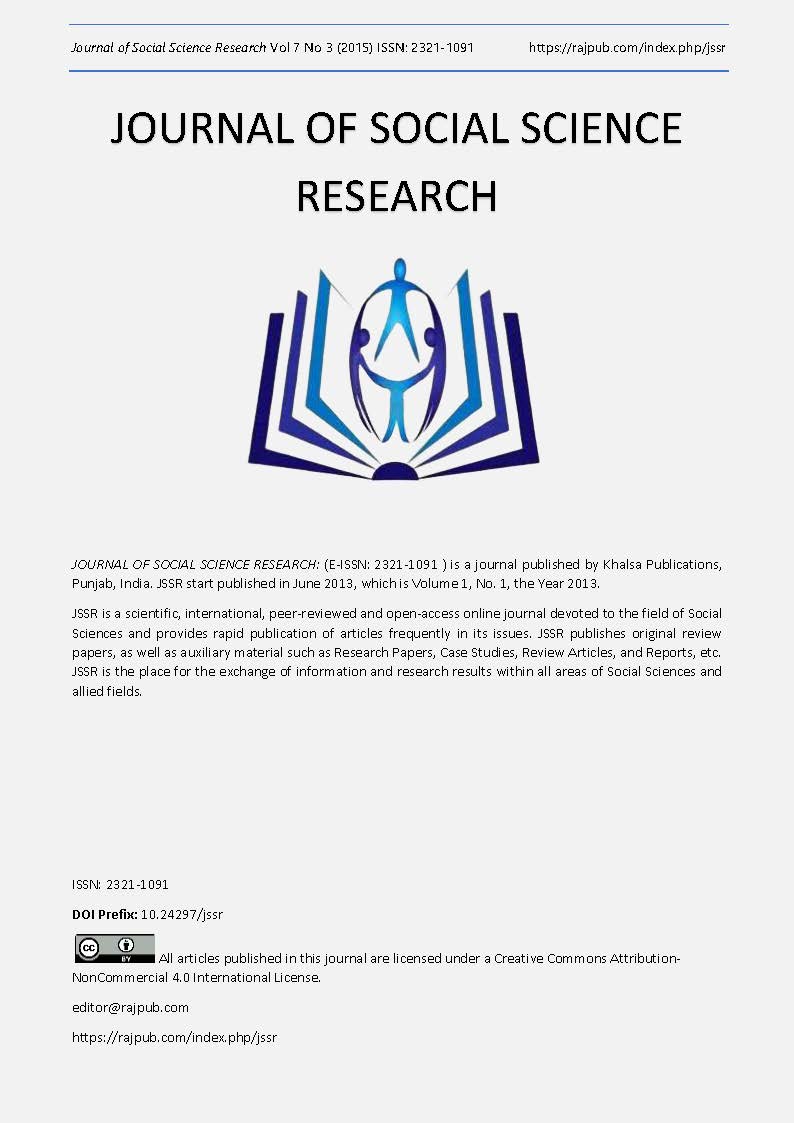Evaluation of Houses Model of Quality Assessment
DOI:
https://doi.org/10.24297/jssr.v7i3.6628Keywords:
Translation Quality Assessment, Functional Equivalence, Houses model of translationAbstract
There are number of methods, approaches and techniques in evaluating translated texts, but none is as systematic as House (1977, 1997, 2004b, 2007, 2009, 2013, 2015) model of translation quality assessment. The present study was carried out to explore House (1997) model of translation quality assessment (TQA). To pursue this purpose, the model was applied to a psychology textbook. The model is based on functional equivalence and is set to give a thorough analysis of the source language, target language and their comparison. Researchers, however, came to realize some shortcomings in the model; there are basically couple of difficulties with the model. First, House (1997, 2015) does not provide any guide to how much translated text should be assessed i.e. what sample size is needed for the model to operate and be reliable. Another even more serious problem is the fact that one cannot spell out exactly to which degree quality of target text is equal to its source? The researchers proposed two main components to be added to the model, one to the beginning and the other to the end of the model. In order to modify this model in terms of sample size and rating scales, researchers decided to adopt Sical system, which stands for the Canadian Government Translation Bureaus Quality Measurement System in order to have a scale for final quality statement. According to Sical measurement system, a passage of 400 words has been randomly chosen from a psychology textbook and tested against the modified model of quality assessment. Researchers found that the translation could be ranked B fully acceptable. The result shows that the modified model is more systematic and accessible.
Downloads
Downloads
Published
How to Cite
Issue
Section
License
 All articles published in Journal of Advances in Linguistics are licensed under a Creative Commons Attribution 4.0 International License.
All articles published in Journal of Advances in Linguistics are licensed under a Creative Commons Attribution 4.0 International License.




